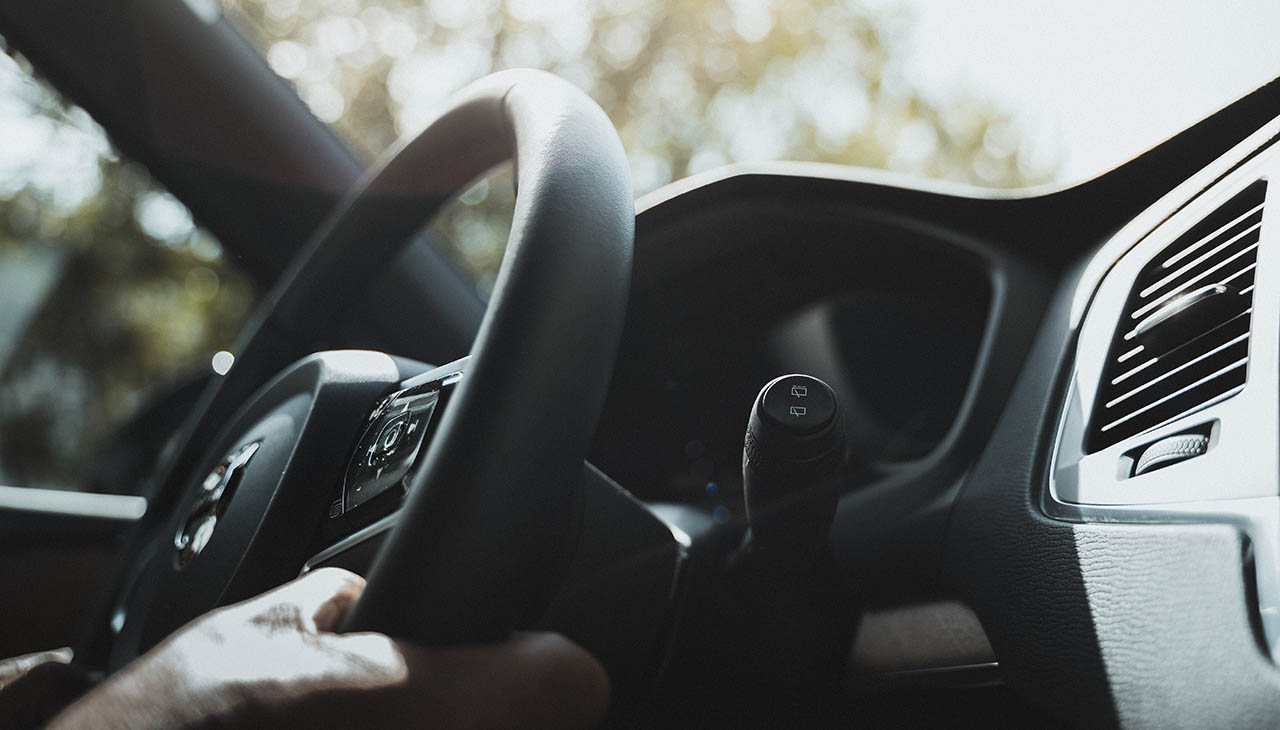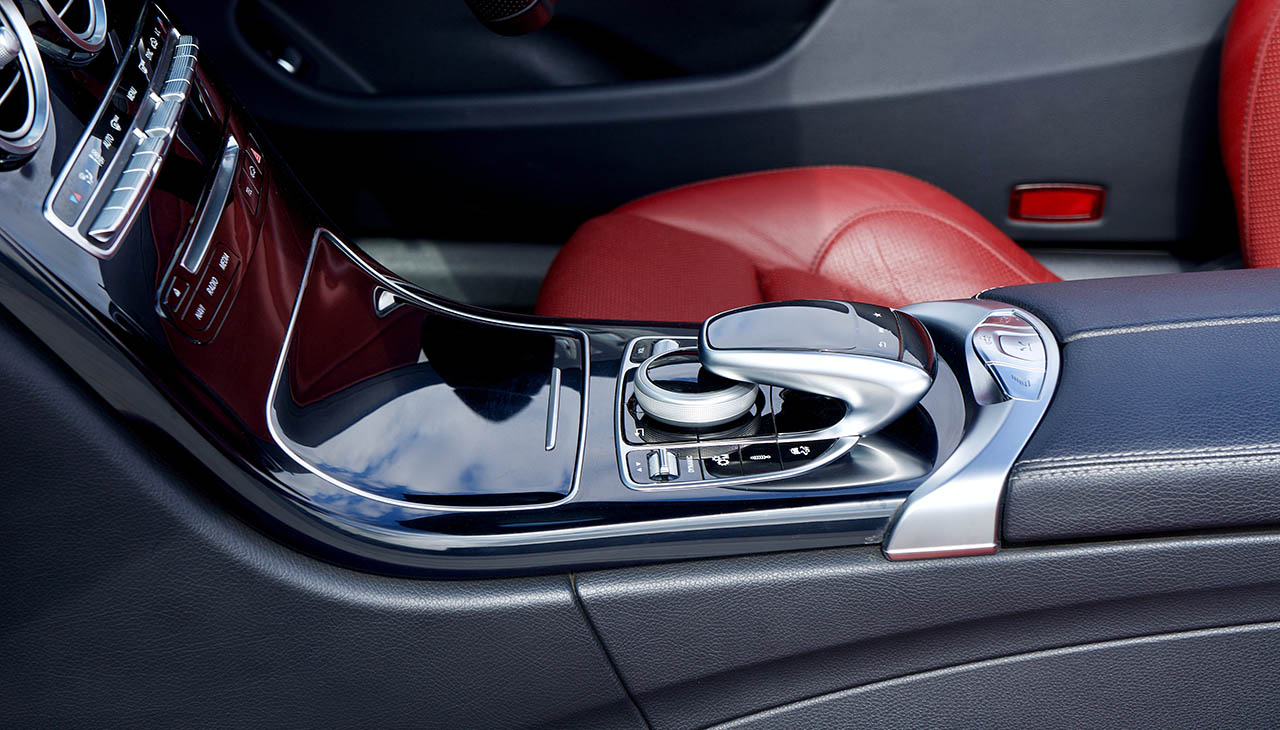When a Volvo is involved in an accident, the damage can range from minor cosmetic issues to significant mechanical problems. While the thought of repairing a wrecked vehicle can be daunting, knowing the right steps to take can greatly simplify the process. This guide is designed to walk you through five essential steps to efficiently and effectively bring your Volvo back to its pre-accident condition. Whether you’re a novice car owner or a seasoned mechanic, these steps will ensure thorough evaluation, precise repairs, and optimal safety of your vehicle during the restoration process.
Assessment and Documentation
The first crucial step following an accident is to conduct a comprehensive assessment of the damage and document every detail. This process involves a thorough examination of the vehicle to identify all affected areas, both externally and internally. Pay special attention to the car’s frame, engine components, and safety features such as airbags and seatbelts. Photographing the damage from multiple angles not only assists in filing an insurance claim but also serves as a reference point during the repair process. Additionally, compile a detailed list of damaged components to create an accurate estimate of the repair costs. This step lays the groundwork for a systematic and transparent repair journey.
Parts and Materials Acquisition
Securing the appropriate parts and materials is vital for a successful Volvo repair. It is imperative to identify and source genuine Volvo replacement parts to maintain the integrity and performance of your vehicle. Utilizing OEM (Original Equipment Manufacturer) parts ensures that each component fits perfectly and operates as intended. Additionally, obtaining the necessary materials such as high-quality automotive paint, adhesives, and sealants is crucial to not only restore the aesthetic appeal but also to ensure the longevity of the repair work. Also, having access to specialized tools specific to Volvo repairs is essential for precise disassembly and reassembly of vehicle parts. This step is all about ensuring that the quality of each repair matches the high standards set by Volvo, for safety and reliability.
Structural Repairs
Once you have all necessary parts and materials on hand, the next step is addressing any structural damage to the vehicle’s frame or chassis. Structural integrity is paramount for safety and optimal vehicle performance. With the aid of precision equipment such as a frame machine, you can ensure that the vehicle’s original dimensions are meticulously restored. In some instances, damaged areas of the frame may require welding and reinforcement to reinstate stability and strength. It is crucial to follow Volvo’s repair guidelines closely and use the correct technique for the metal being welded, whether it’s steel or aluminum. By taking these measures, the vehicle will not only look good as new but will also perform as intended, meeting all safety standards.
Mechanical and Electrical Restoration
Mechanical and electrical systems are at the heart of your Volvo’s operation, therefore, a comprehensive inspection is critical after structural repairs are complete. This step involves scrutinizing the engine, transmission, and all electrical components. Be thorough in replacing any damaged parts, such as timing belts, gaskets, or wiring harnesses, to ensure flawless functionality. For electronics, meticulously test each system, including the onboard computer, sensors, and lights. Once all components are secured and double-checked for integrity, use diagnostic tools for calibration. This process ensures each mechanical and electronic system is fine-tuned to meet Volvo’s precise performance standards, providing you with reliability and peace of mind.
Finishing Touches and Quality Control
The final steps in repairing your Volvo involve meticulous attention to aesthetic details and rigorous quality control to ensure that the vehicle not only performs well but also looks impeccable. Apply factory-matched paint to all repaired panels using professional painting techniques that ensure a seamless match with the existing finish. Once the paint job is complete, it’s crucial to perform wheel alignment and inspect the suspension system to guarantee proper handling and ride quality. In addition, rigorous checks of the safety systems, including braking, steering, and airbag systems, must be conducted to ensure they meet all Volvo safety standards.
After all systems have been inspected and tested, take the vehicle for test drives under various road conditions. Monitor the car’s performance closely to ensure everything operates smoothly and that there are no unusual noises or vibrations. Once the vehicle passes all performance and safety evaluations, conclude with a final quality assurance review to confirm that every detail adheres to Volvo’s stringent standards. This last phase of the repair process is critical for delivering a restored vehicle that feels as safe and reliable as it did prior to the accident.




